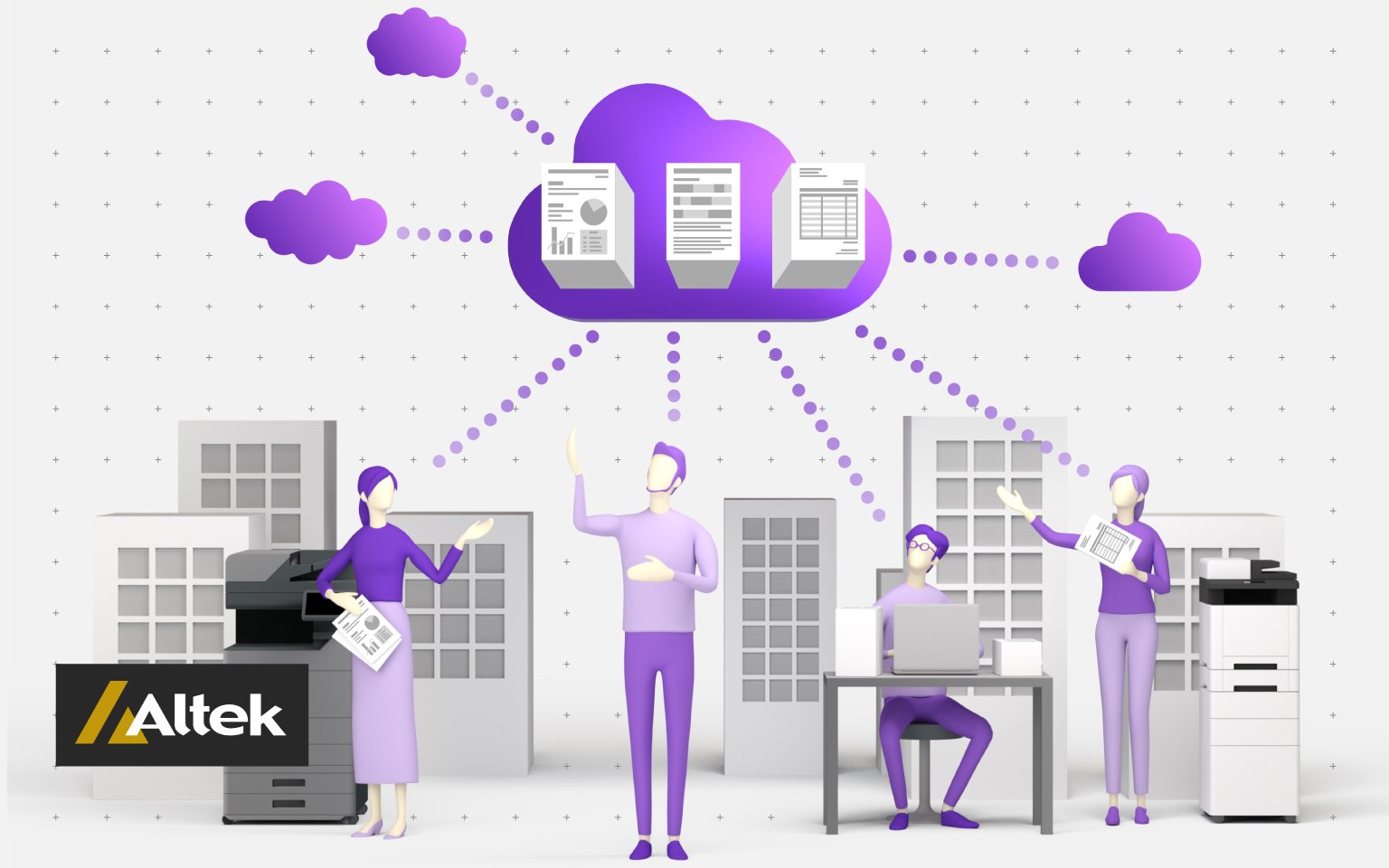
Founded in 1989, Project HOME is a nonprofit organization based in Philadelphia, PA. Their groundbreaking work involves empowering adults, children, and families to break the cycle of homelessness.
This effort encompasses a wide variety of initiatives, such as housing programs, employment opportunities, education, and medical care. These programs address the current and future needs of the people they serve, enabling the ability to reach their full potential. Their mission statement, “None of us are home until all of us are home,” epitomizes their unwavering dedication to enhancing the quality of life of every member of their community. Their relentless efforts garnered them a 4/4 score on Charity Navigator.
Today, the organization employs 200 people and receives some of the funding it needs from JBL Soul Homes, a nonprofit founded by none other than rock icon Jon Bon Jovi.
In the wake of COVID-19, Project HOME’s workplace has evolved into a hybrid environment with staff members and volunteers rotating between a variety of locations. The organization sought to upgrade their fleet of 85 leased devices and boost their efficiency to relieve the heavy workload of their IT staff.
However, the new paradigm shift in their offices saw Project HOME’s IT department struggling to implement a system of print drivers to make the flow of personnel and work effective. Employees operating across remote locations frequently faced difficulties when installing these print drivers, which led to valuable time being wasted trying to set up technology that wasn’t optimized for a smooth user experience.
This caused a domino effect that rippled through the nonprofit’s different departments, as the already overworked IT team were then required to spend time providing additional technical support. With the many hours spent assisting their colleagues with technology, the IT department’s productivity and efficiency suffered.
Having observed that most of Project HOME’s workflow involved scanning, Scott Flaherty of Altek Business Solutions, one of Kyocera’s partners, identified a new solution that would save the organization valuable time and money. All that was left was for Project HOME to agree to try something new.
Integrating KCPS saved Project HOME’s IT department 8-10 hours a month.”
The implementation of Kyocera Cloud Print and Scan yielded instant results.
Transferring licenses was a breeze, allowing staff to get up and running with KCPS in no time.
Integrating KCPS saved the IT department eight to ten hours a month, boosting their productivity.
KCPS eliminated the expense of purchasing and managing on-site servers, cutting Project HOME’s costs.
Remote printing capabilities met the needs of a dispersed, hybrid workforce.
The portal’s user-friendly features meant staff didn’t experience any trouble using the software.
Combining Kyocera’s hardware with KCPS unlocked the full benefits of the software, thus optimizing workflows.
Installing KCPS on 51 of Project HOME’s 85 MFPs yielded excellent results for the nonprofit’s IT department. The portal’s ease of use freed up valuable time for the team, as they no longer needed to field calls about print driver difficulties. In addition, this solution eliminated the hours of menial work required to troubleshoot issues employees experienced in their hybrid work environment.
Project HOME is currently in the process of upgrading their remaining non-HYPAS machines to HyPAS-enabled devices so they can use KCPS across their entire network. This move marks a shift in the way software upgrades typically take place. “They need the software, which is why they’re upgrading the hardware,” Flaherty adds. “The CIO wants the service with the machine, so it’s more about KCPS than the hardware. We’re offering something that no one else is.”
The ability to change software has boosted Project HOME’s hybrid flexibility, as a combination of KCPS and additional integrated software has empowered remote printing.
As a result, the nonprofit’s IT personnel continue to gain an extra eight to ten crucial hours each month, allowing their team to allocate more time to initiatives that contribute to Project HOME’s community impact.